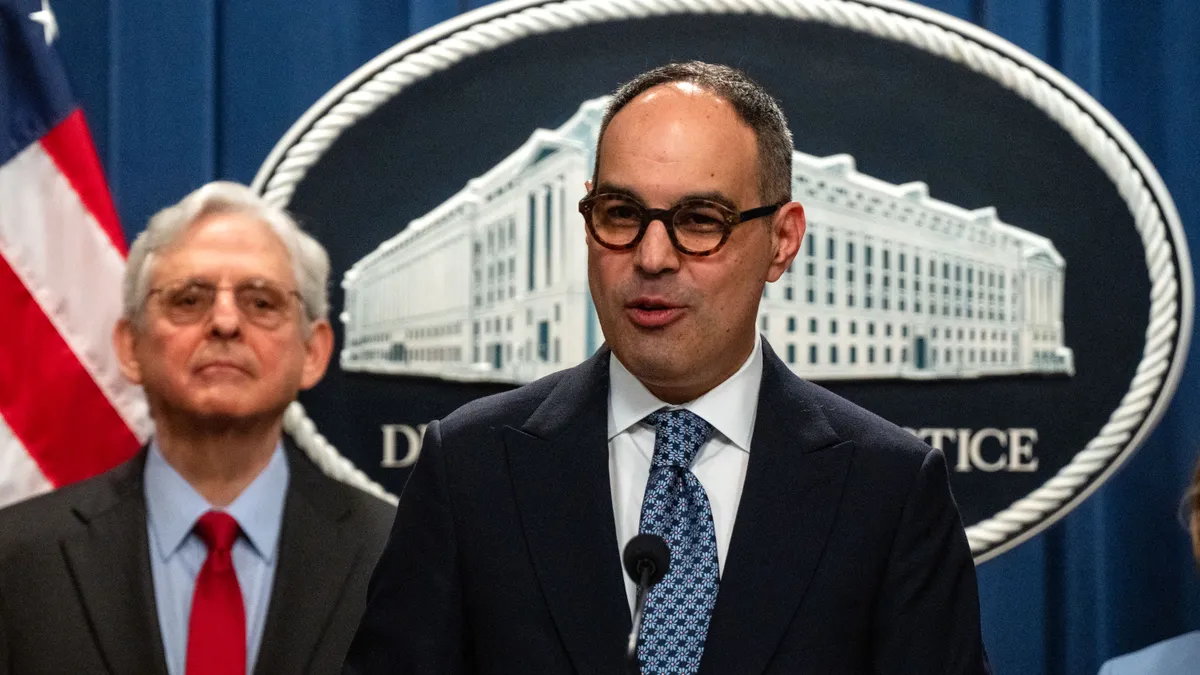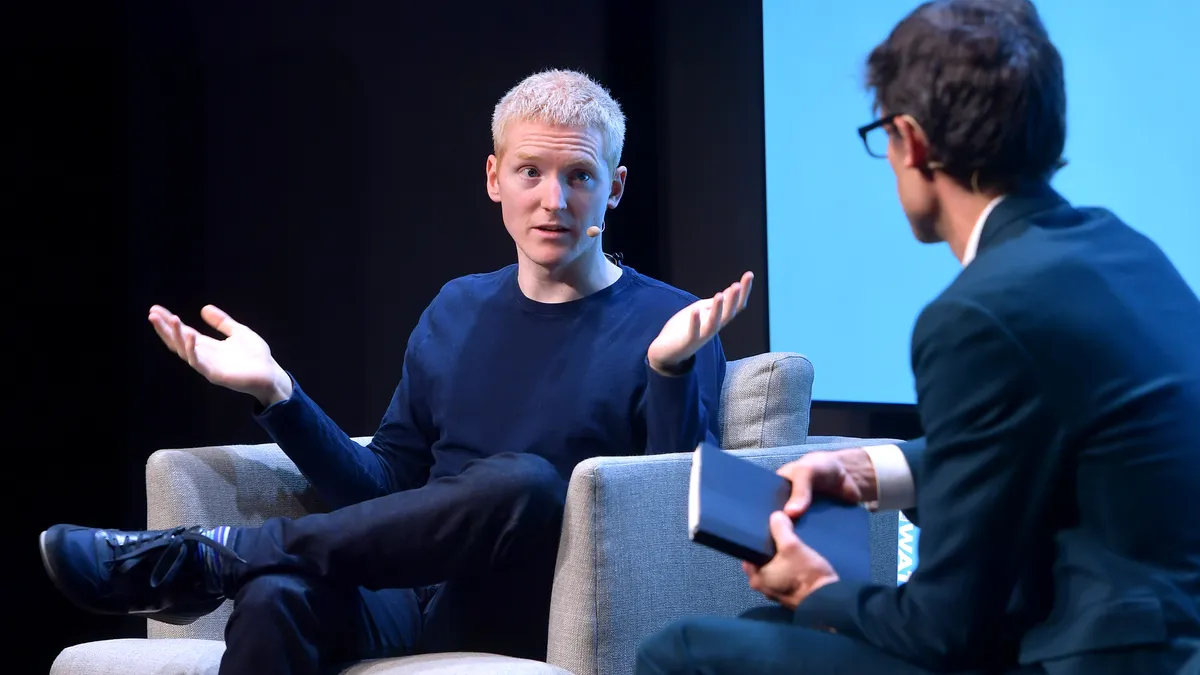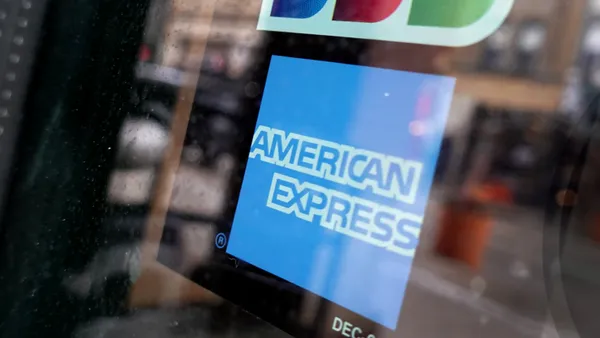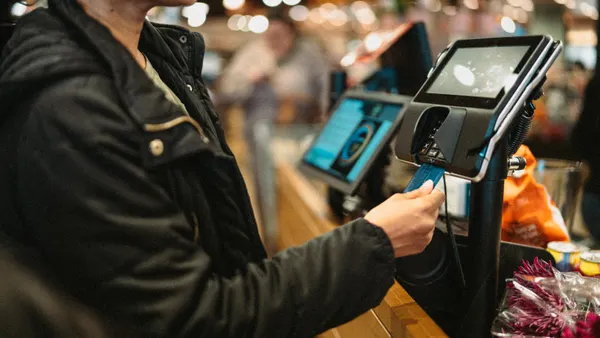Sezzle is refocusing its efforts to promote monthly subscriptions after its plan to sell “on demand” virtual card services failed to deliver the financial results the buy now, pay later provider had hoped.
Sezzle’s revised strategy for attracting customers comes a year after it introduced an on-demand product allowing shoppers to pay any merchant with a Sezzle virtual card in exchange for a finance charge. That charge varies, with a maximum of $7.49.
The subscription and on-demand products allow consumers to use a BNPL option at merchants not integrated with Sezzle’s platform. About 784,000 people were signed up for either the on-demand or subscription services as of Sept. 30, with growth of 48% over the past year, Sezzle said Nov. 5 in its quarterly income report.
The company found that on-demand customers were less profitable than subscribers, delivering fewer checkout sales, Sezzle CEO Charlie Youakim said in an interview Nov. 6. Consumers choosing the on-demand option were also not generally becoming subscribers to the extent Sezzle wanted, he said.
“When we did the math, the on-demand user tended to be a fickle customer,” Youakim said. “They’d use it and then maybe they’d disappear.” Subscribers, on the other hand, tend to use Sezzle’s services more often and deliver higher lifetime profits “because they made the commitment,” he said.
Minneapolis-based Sezzle charges $13.99 per month for its “premium” subscription and $19.99 for a “Sezzle Anywhere” subscription, which offers a multi-use virtual card to use at any merchant that accepts Visa cards and 1% cash back on non-BNPL purchases.
The company had 568,000 total active subscribers for both options at the end of the third quarter, rising 17% between the second and third quarters of this year, according to an investor presentation.
Klarna Group is the only other major BNPL provider with a monthly subscription program, which it’s expanding in the U.S. later this year from two basic tiers to two additional, higher-priced offerings in a bid to boost revenue.
For Youakim, it’s a consumer play.
“We’re going to continue to lean into (on-demand) for winning over merchants, but on the consumer side, we’re going to lean back into subscription, with on-demand only being used as an alternative tool when it’s apparent subscription can’t do the job or is meeting some resistance with an individual consumer,” he told analysts on a Nov. 5 conference call.
Sezzle had about 264,000 on-demand users in the second quarter, the peak, the investor presentation showed. That slipped to 216,000 users in the third quarter, as the company turned to marketing subscriptions.
Sezzle debuted the on-demand product in late 2024, partly as a competitive response to Australia-based rival Zip, which has a similar offering, Youakim said. The on-demand feature also helps to attract new merchants willing to accommodate Sezzle’s BNPL payment option if they don’t have to cover a transaction cost, he said.
“Some of the merchants would rather pass on the fees to consumers because they have slimmer profit margins,” Youakim noted, highlighting tight margins among grocery and consumer electronics retailers. “If we pass the fee to consumers, many (merchants) said ‘yes.’”
Despite the financial shortcomings of the on-demand experimentation, Sezzle will keep it in its arsenal “as a tool to win merchants,” the CEO said.
“This is not a throwaway product – that is still a good product for us,” Youakim said, adding that on-demand will serve as a draw for new merchants and “a teaser” for the subscription-wary.













